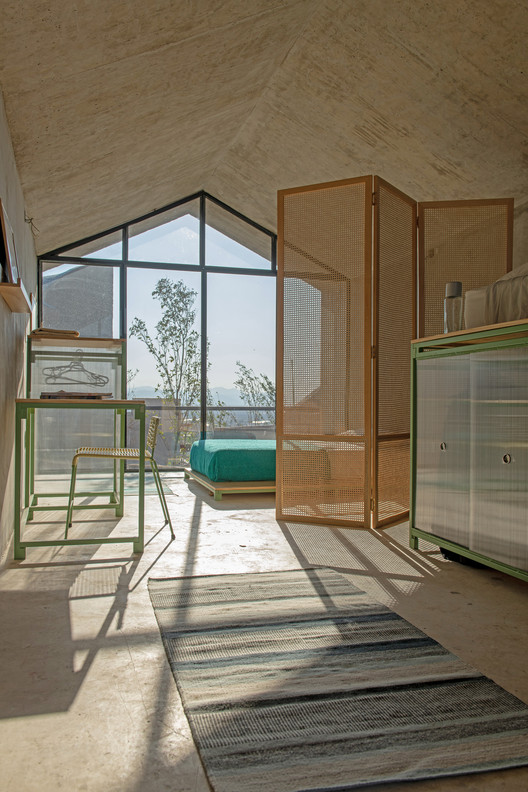
-
Architects: Francisco Pardo Arquitecto
- Area: 36 m²
- Year: 2019
-
Photographs:Jaime Navarro
-
Manufacturers: AutoDesk, Adobe, Trimble Navigation
-
Lead Architect: Francisco Pardo

Text description provided by the architects. The INFONAVIT, through the Investigation Center for Sustainable Development (CIDS), initiated the research project “Del Territorio al Habitante” ("From the Territory to the Inhabitant"), which seeks to improve the quality of assisted self-produced housing funded by the Institute.



























